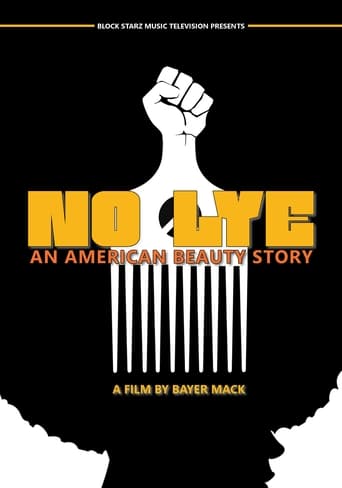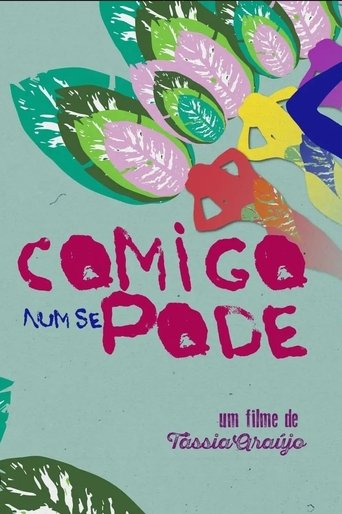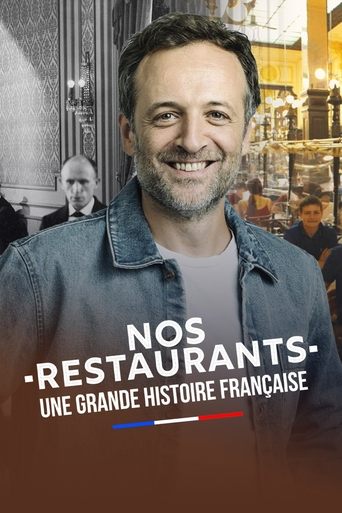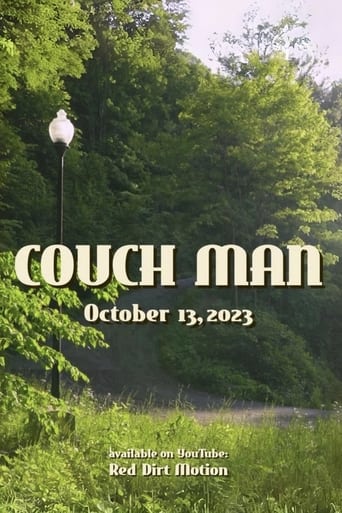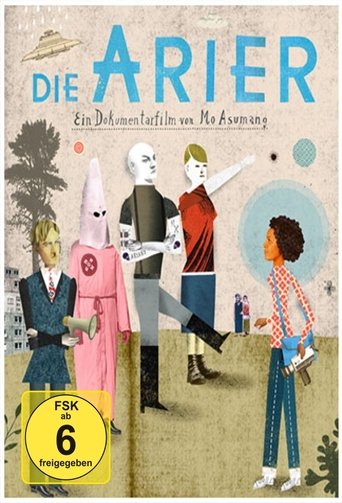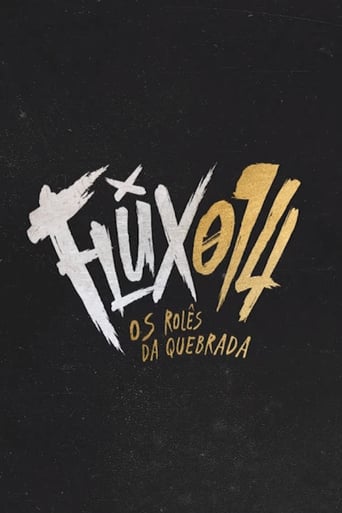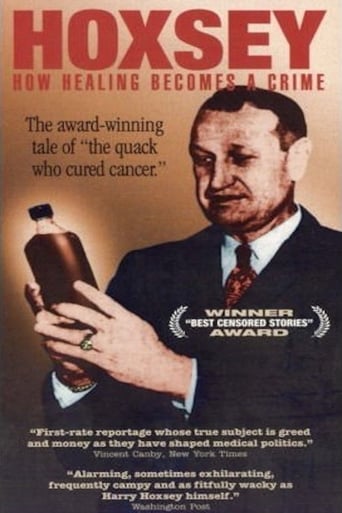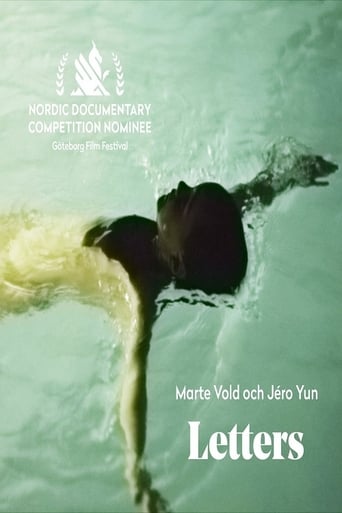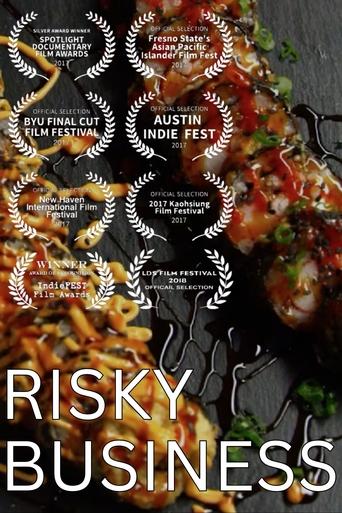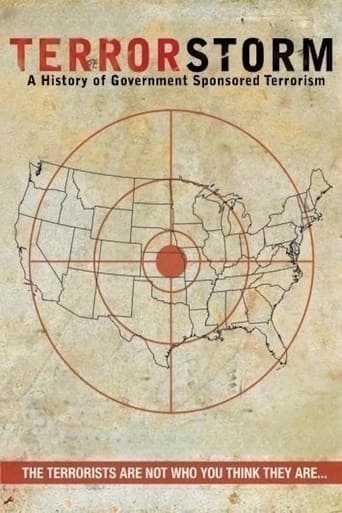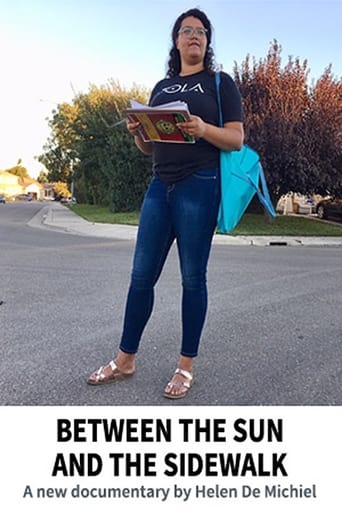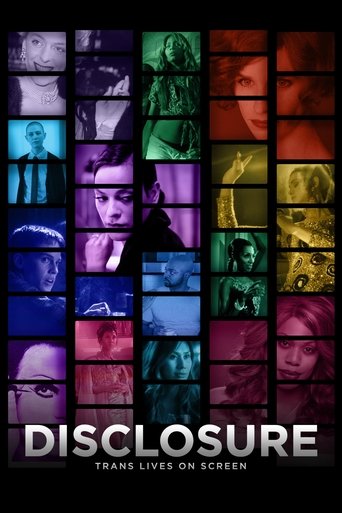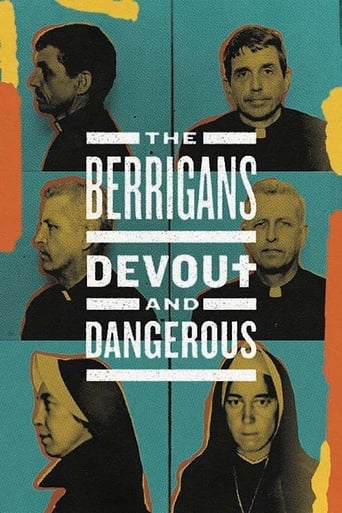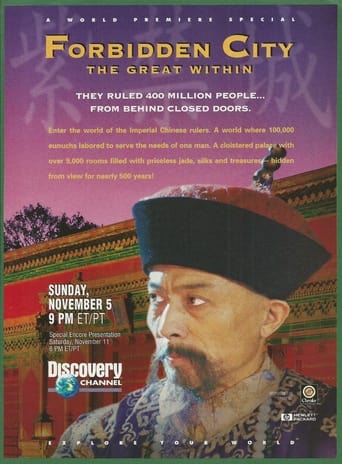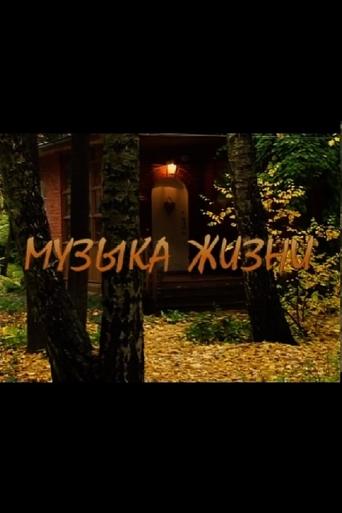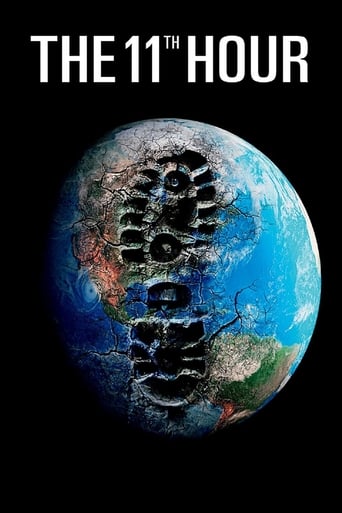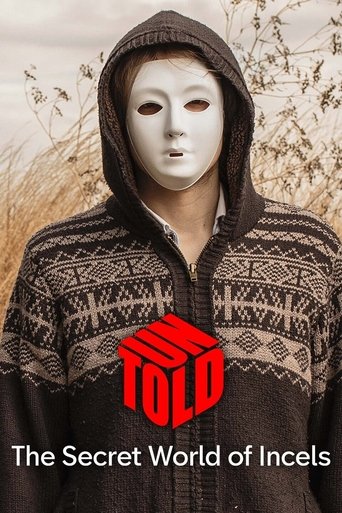
01 Nov 2022

UNTOLD: The Secret World of Incels
Filmmaker Ben Zand investigates the dark world of incels. After a year-long investigation, Zand gains unprecedented access to the men behind the keyboards. Research finds the community is rapidly growing, and one of the most extreme incel forums has 18,000 members with around 2,500 from the UK. The documentary also meets a British incel who has never had a proper conversation with a woman in real life. The investigation uncovers shocking extremism, which includes sharing extremely violent and bloody content.

